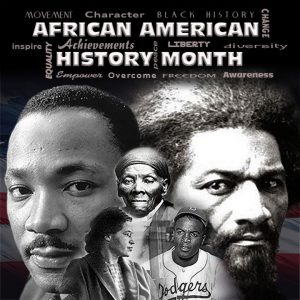
There is nothing inherently wrong with Black History Month in and of itself. Black History Month, as well as all of the “minority” history/heritage months (Women’s History Month in March, Asian American Pacific Islander History Month in May, Hispanic American Heritage Month in September-October, LGBTQ History Month in October, and Native American Heritage Month in November), is intended to celebrate and bring awareness to an underrepresented group’s achievements and contributions. These months are also a way to honor and pay tribute to the historical and current-day struggles against systemic and structural oppression the group has faced, overcome, and continues to challenge.
There is nothing wrong with highlighting the triumphs and challenges of these groups in order to foster awareness, understanding, empathy, and social justice change…EXCEPT when those months are the ONLY times we pay any attention to those historically marginalized and oppressed groups, which is often what happens in schools.
So how can we go deeper and do better? Let’s adopt an anti-bias mindset to Black History Month and all the awareness months. Consider…
How can we incorporate diverse identities and perspectives into all of our curricula every day? Students in all of their healthy, complex identities should see themselves reflected in…
They should learn…
(List is adapted from “Inclusive Classroom Practices” By Rosetta Eun Ryong Lee)
Maybe what’s wrong with Black History Month, and other history/heritage months, is that we celebrate them in a predetermined, isolated timeframe. What if educators celebrated a month’s worth of Black history and culture, but spread these days out over the course of the school year? What if, when students learn about the solar system or differential equations in October, they also learn about Katherine Johnson, Dorothy Vaughn, and Mary Jackson. What if, during their March poetry unit, they read Claude McKay, Lucille Clifton, and Langston Hughes. We can celebrate the unique experiences and contributions of these individuals while also weaving them into our everyday curriculum. By doing so, we send our students the message that Black Americans have always been, and continue to be, integral to the achievements and struggles of the country.
(U.S. Air Force graphic by Tommy Brown)